Few things in baking match the satisfaction of slicing into a golden, crackly sourdough loaf made with your own hands. But when you introduce whole grains like rye and spelt, you’re taking that satisfaction a level deeper—not only in flavor but in nutritional richness and character.
This rye and spelt sourdough isn’t your average white loaf. It’s complex, rustic, and carries the unmistakable tang of wild fermentation. Its hearty crumb and nutty undertones make it ideal for everything from avocado toast to open-faced sandwiches, or just torn warm and dipped into good olive oil. If you’re ready to branch out from typical sourdough, this recipe brings old-world flavor with modern simplicity.
Why Choose Rye and Spelt?

Both rye and spelt are ancient grains that bring more than just flavor. Rye adds a subtle earthiness and a bit more density to the loaf, while spelt offers a delicate sweetness and a tender, slightly nutty crumb. Together, they balance beautifully with traditional bread flour to create a sourdough that’s both nourishing and deeply flavorful.
In terms of baking behavior:
- Rye flour contains less gluten than wheat, which affects elasticity but contributes to a moist, dense structure.
- Spelt flour is more delicate and hydrates well, adding softness and a slightly sweet aroma.
This combination results in a loaf that’s chewy yet tender, hearty but not heavy.
What You’ll Need: Ingredient Breakdown
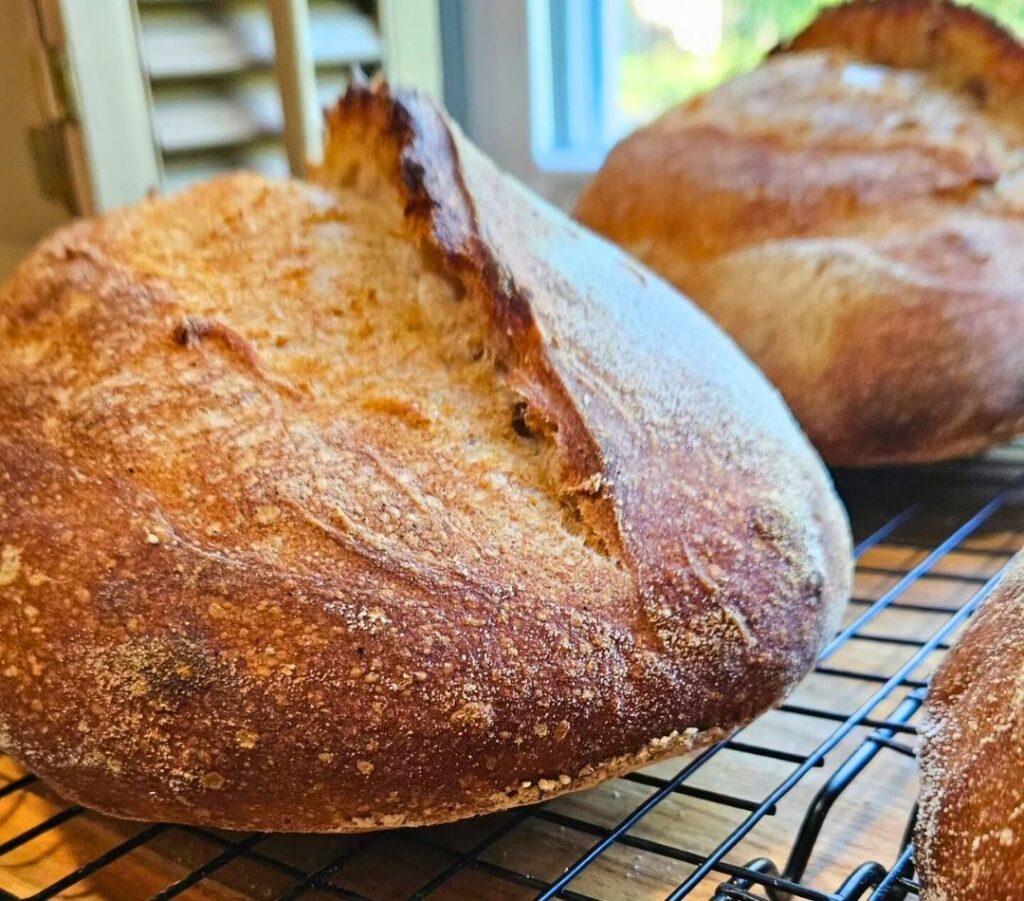
Each component in this recipe plays a specific role:
- 200g active sourdough starter
This is your natural leavening agent. It should be bubbly, tangy, and recently fed. - 300g bread flour
Provides the structure and elasticity needed for a good rise. - 100g rye flour
Deepens flavor and creates a moist crumb. - 100g spelt flour
Softens the texture and brings subtle sweetness. - 10g salt
Not just for taste—it also strengthens gluten and controls fermentation. - 350g lukewarm water
Helps hydrate the flours and activate the starter.
Step-by-Step Process for Optimal Results
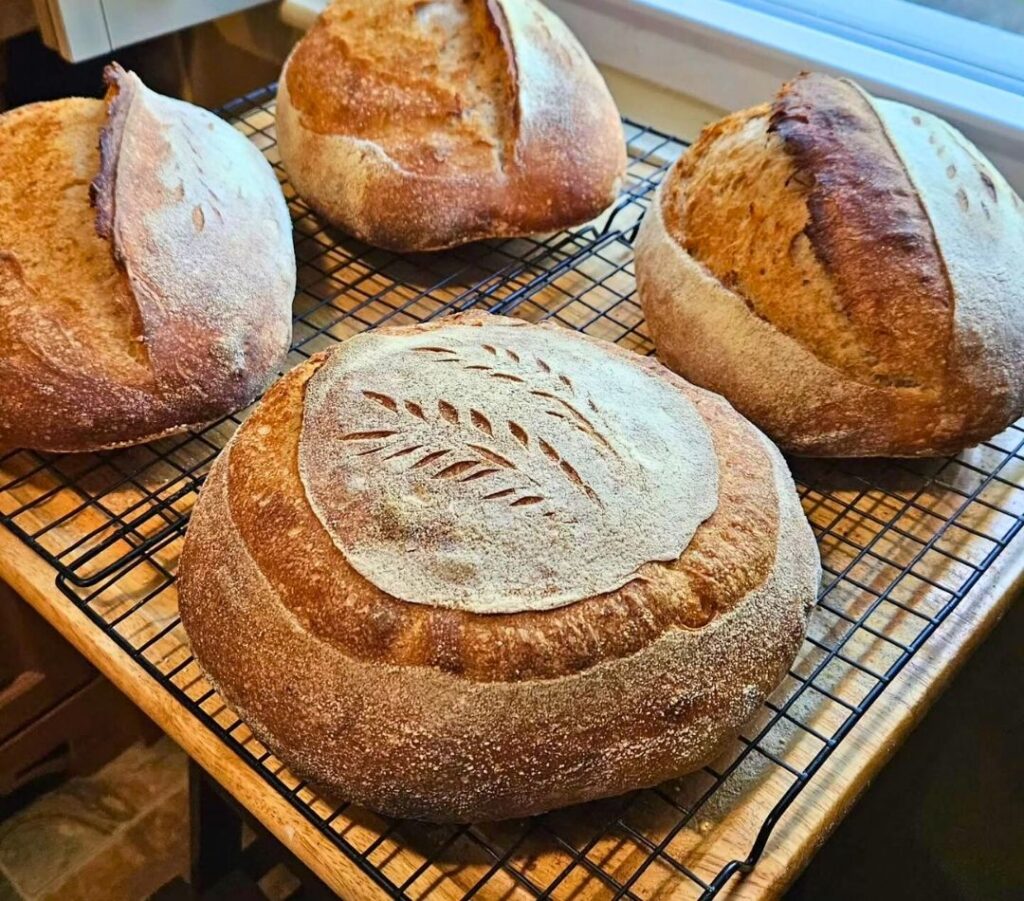
This recipe follows a slow fermentation process that develops deep flavor and improves digestibility. Here’s how to get the best texture and rise.
1. Mix the Starter and Water
In a large bowl, dissolve your active sourdough starter into the lukewarm water. Aim for full dispersion—no clumps. This ensures even fermentation later.
2. Add Flours and Salt
Once the starter is incorporated, add the bread, rye, and spelt flours along with the salt. Use a wooden spoon or your hands to mix into a shaggy dough. It doesn’t have to be smooth—just well combined.
3. Autolyse (Rest)
Let the dough sit, covered, for 30 minutes. This short rest period helps hydrate the flours and kickstarts gluten development. It’s a small step that makes a big difference.
4. Gentle Kneading
After resting, knead the dough for about 5 minutes. Don’t overwork it—just aim for a more cohesive, elastic mass. Rye and spelt doughs can be stickier than wheat-only doughs, so try using slightly wet hands or a bench scraper.
Overnight Fermentation: Where the Magic Happens

Let your dough ferment overnight at room temperature, ideally between 68°F and 72°F (20–22°C). This 12–14 hour fermentation develops the complex sourdough flavor and improves texture.
During this time:
- The starter continues breaking down starches into sugars.
- Lactic acid bacteria and wild yeasts work together to leaven and flavor the dough.
- Gluten networks strengthen naturally.
Tip: If your kitchen is particularly cold, wrap the bowl in a towel. If it’s warm, check the dough a bit earlier to avoid over-proofing.
Shaping and Second Proof
After the bulk rise, turn the dough out onto a lightly floured surface. Gently shape it into a round or oval loaf, depending on your baking vessel.
Place the shaped dough seam-side up in a well-floured proofing basket or a bowl lined with a floured kitchen towel. Let it proof for 1–2 hours. You’re looking for a dough that feels slightly puffed but still holds its shape.
Baking: Time and Temperature
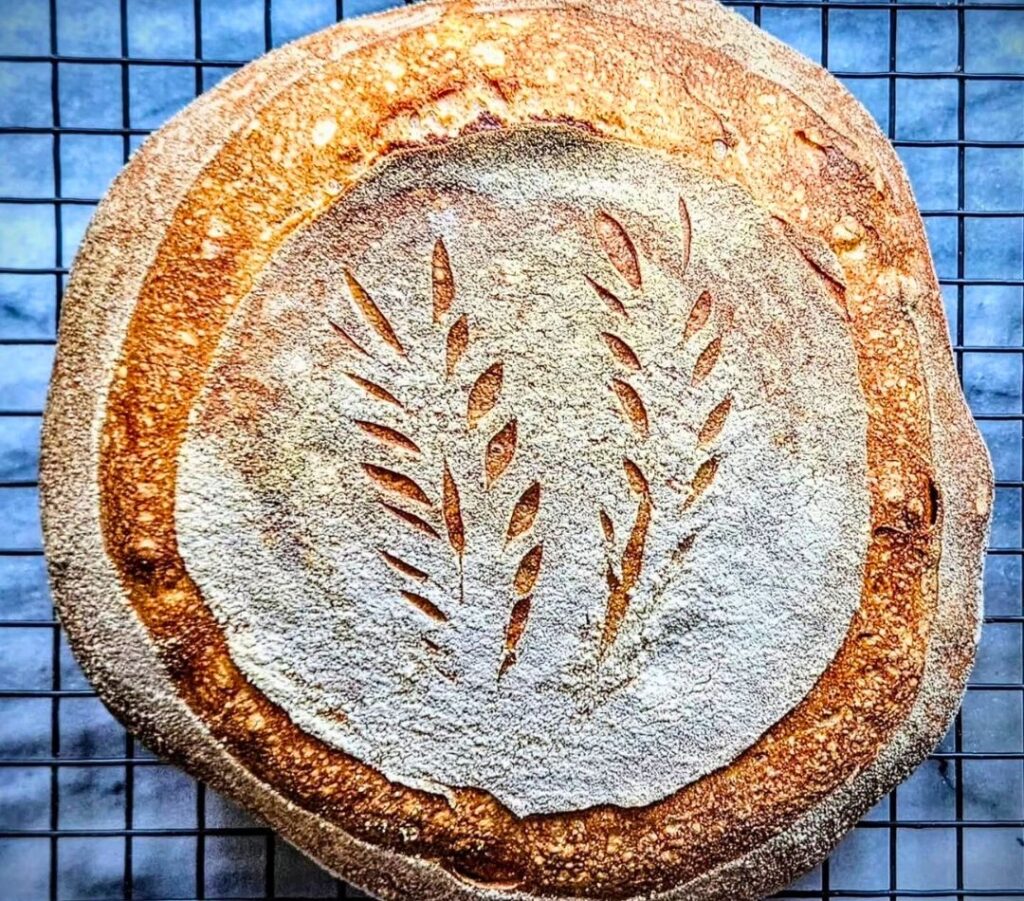
Preheat your oven to 450°F (230°C). If you’re using a Dutch oven, place it inside the oven to preheat for at least 30 minutes.
Transfer the dough to a piece of parchment, score the top with a sharp blade, and place it carefully into the hot Dutch oven.
Bake for 30–35 minutes, removing the lid halfway through to develop that deep, caramelized crust.
Once baked, let the loaf cool on a wire rack for at least an hour. Cutting too soon can cause the crumb to be gummy—resist the temptation.
Storage and Shelf Life
This bread keeps well for several days thanks to its moisture-retaining ingredients. Store in a paper bag or wrapped in a clean kitchen towel at room temperature. Avoid plastic unless freezing, which can trap moisture and lead to a soggy crust.
To freeze: wrap the cooled loaf tightly in foil, then place it in a zip-top bag. Defrost at room temperature or reheat in the oven to refresh the crust.
Serving Suggestions
This rye and spelt sourdough is incredibly versatile:
- Savory: Layer with hummus, roasted veggies, or sharp cheese.
- Sweet: Try with nut butter and sliced banana.
- Toasted: Perfect with butter and a pinch of flaky sea salt.
Its hearty texture holds up well under toppings, while the sourdough tang adds depth to both sweet and savory applications.
Final Thoughts
What sets this recipe apart is its balance—both in flavor and in method. The blend of flours creates a complex but approachable loaf, while the natural fermentation process makes it gut-friendly, vegan, and full of character.
Whether you’re a seasoned sourdough baker or just getting started, this recipe rewards patience with flavor and texture you won’t find in store-bought loaves. Bake it once, and it might just become your new house loaf.
Ready to give your sourdough baking a wholesome twist? This rye and spelt artisan bread is waiting.
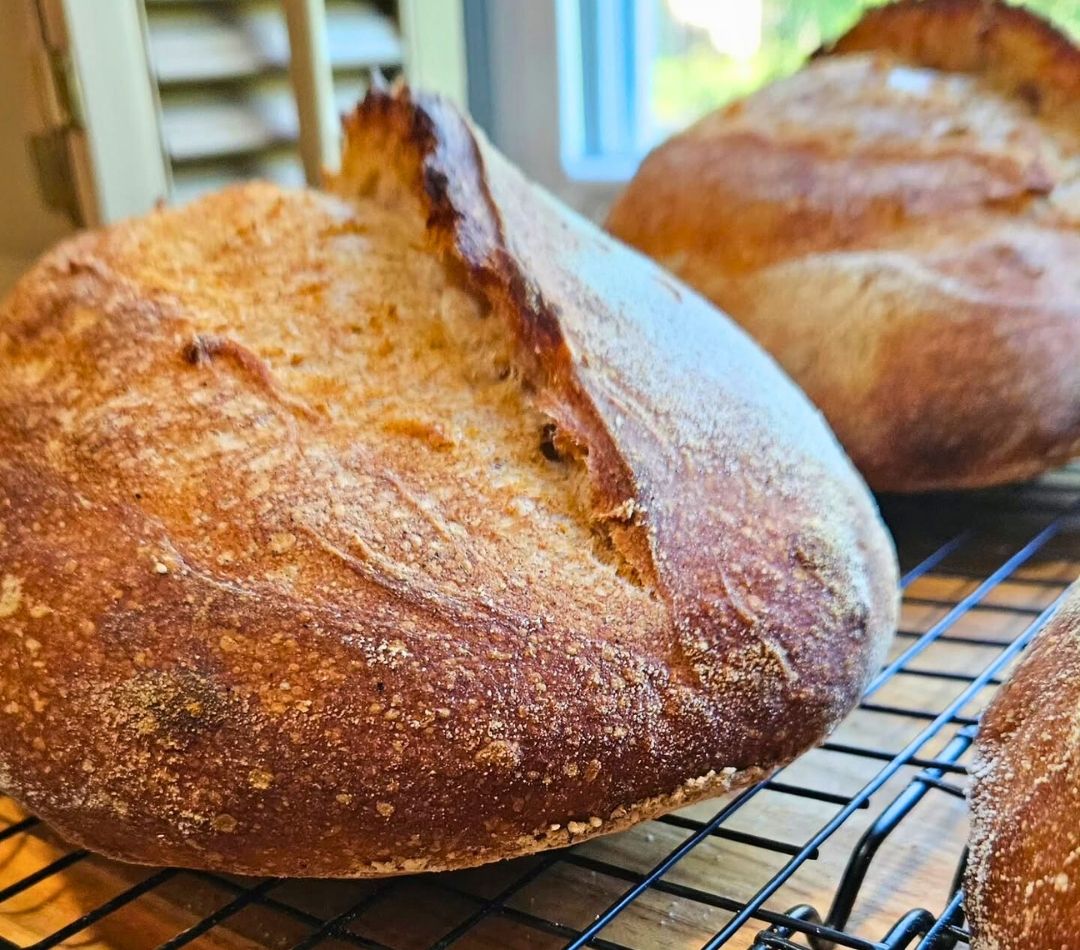
Rustic Rye & Spelt Sourdough Bread
Ingredients
Method
- In a large mixing bowl, combine the active sourdough starter with the lukewarm water. Stir thoroughly until the starter is fully dissolved.
- Add the bread flour, rye flour, spelt flour, and salt to the starter-water mixture. Mix using a wooden spoon or your hands until a shaggy dough forms.
- Cover the bowl and let the dough rest for 30 minutes to allow the flour to hydrate and gluten to start developing.
- Gently knead the dough for about 5 minutes until it becomes more cohesive and elastic, using wet hands or a bench scraper as needed.
- Cover the dough again and let it ferment at room temperature for 12 to 14 hours. This slow fermentation develops flavor and structure.
- After fermentation, turn the dough onto a lightly floured surface and shape it gently into a round or oval loaf.
- Place the shaped dough seam-side up into a well-floured proofing basket or bowl lined with a floured kitchen towel.
- Allow the dough to proof for 1 to 2 hours until it is slightly puffed but still holds its shape.
- Preheat your oven to 450°F (230°C). If using a Dutch oven, preheat it inside the oven for at least 30 minutes.
- Transfer the proofed dough onto parchment paper, score the top with a sharp blade, and carefully place it into the hot Dutch oven.
- Bake for 30 to 35 minutes, removing the lid halfway through baking to develop a deep golden crust.
- Remove the bread from the oven and cool completely on a wire rack before slicing to prevent a gummy crumb.
Notes
- Use a well-fed and active sourdough starter for best rise and flavor.
- Allow the bread to cool completely before slicing to avoid a gummy texture.
- Store bread in a paper bag or wrapped in a kitchen towel at room temperature to maintain crust texture.

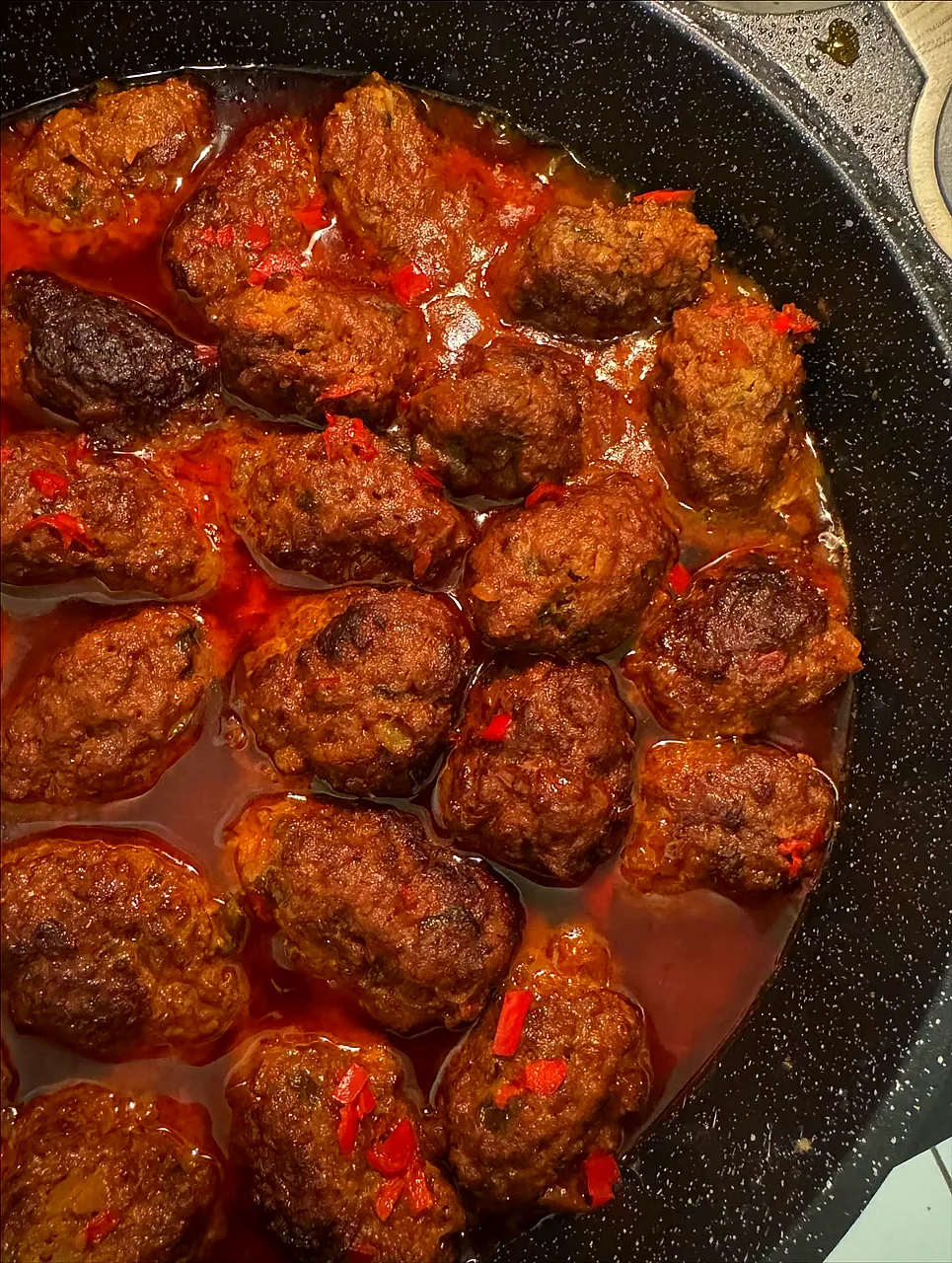
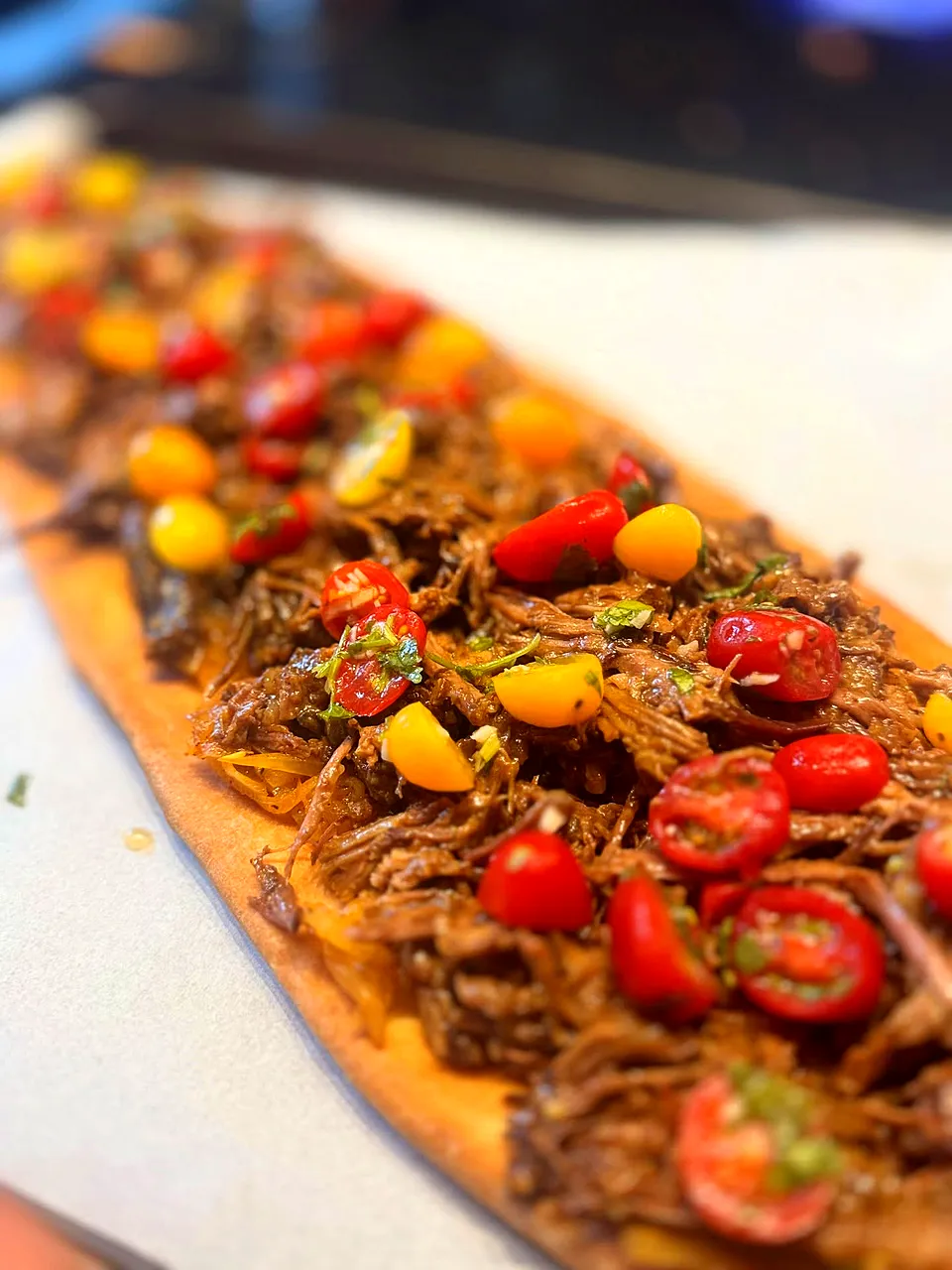
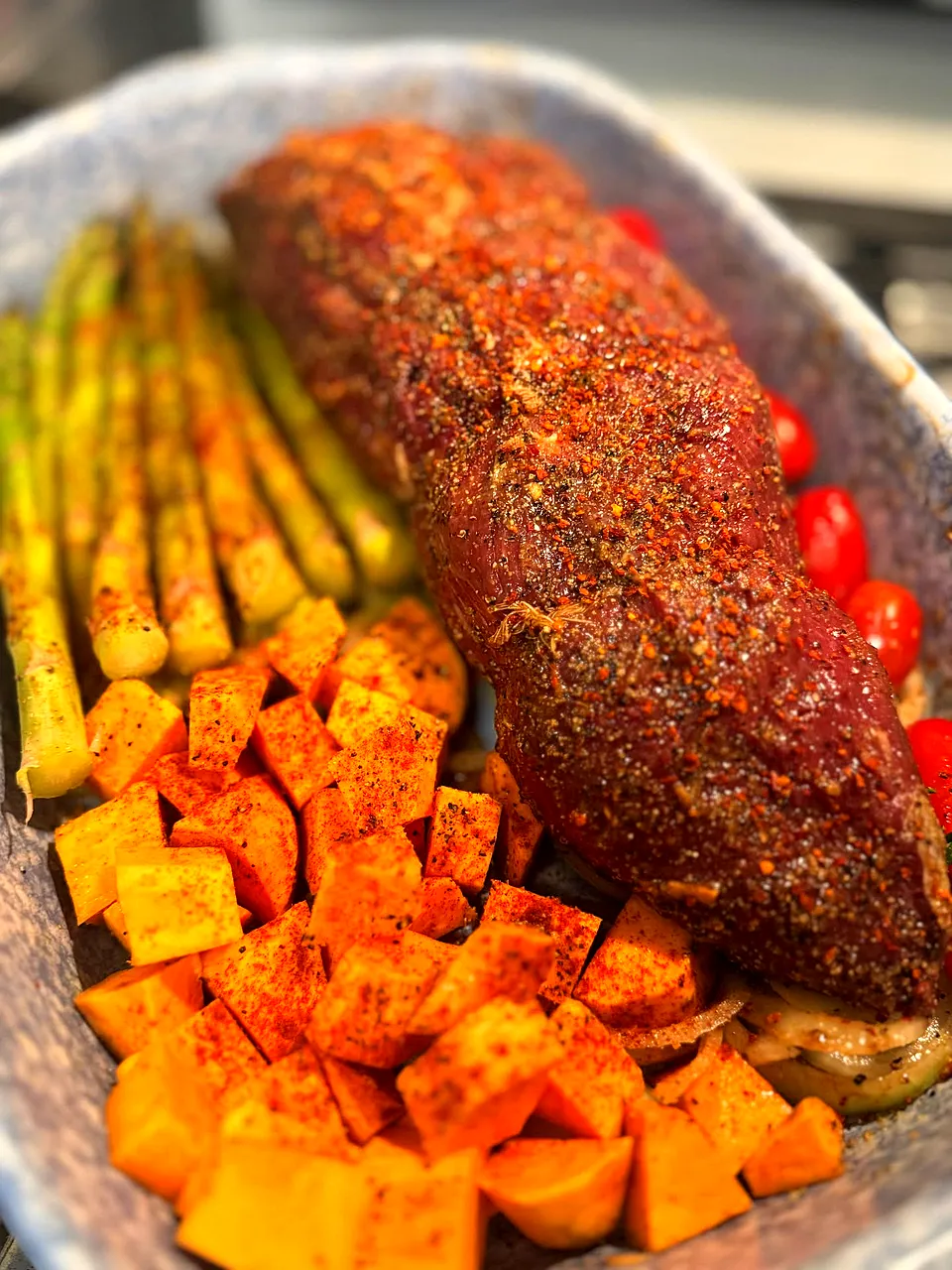
Leave a Reply